Upgrading to Windows 10 from Windows 8.1: A Step-by-Step Guide
Upgrading to Windows 10 from Windows 8.1 can seem daunting, but this step-by-step guide will make the process easy and painless! Follow our simple steps and you'll soon be using the latest version of Windows.
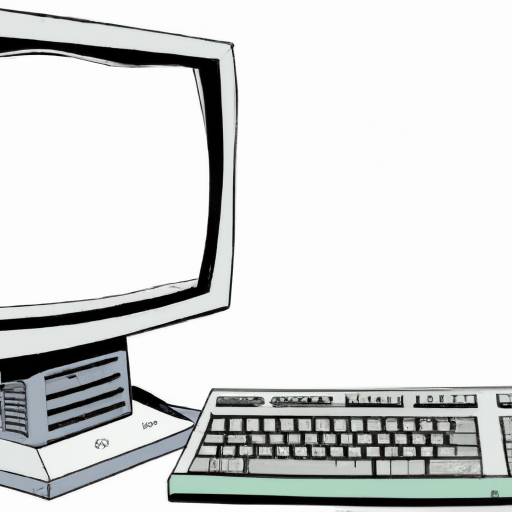
Windows 8.1 is the current version of Microsoft Windows, with several updates since its release in 2013. It is still the most widely used version of Windows, but the release of Windows 10 in 2015 has made many people consider upgrading to the newer version.
The process of upgrading from Windows 8.1 to Windows 10 is relatively straightforward. This guide will provide a step-by-step overview of the process, so that you can make the upgrade as easy and stress-free as possible.
Step 1: Check Your System Requirements
Before you begin the upgrade process, you should make sure that your computer meets the system requirements for Windows 10. In general, the requirements are similar to those for Windows 8.1, but you should look up the specific requirements for your computer model.
You should also make sure that you have enough storage space available on your hard drive. Windows 10 requires at least 20GB of free space, but more is recommended if you plan to install additional applications.
Step 2: Back Up Your Data
It is always a good idea to back up your data before making any major changes to your computer. This will ensure that you don’t lose any important files during the upgrade process.
You can back up your data to an external hard drive, or to cloud storage services such as Dropbox or Google Drive. Make sure to back up all of your personal files, as well as any software programs and settings that you may want to keep.
Step 3: Download the Windows 10 Upgrade Tool
Once you’ve checked your system requirements and backed up your data, you’re ready to begin the upgrade process. To do this, you’ll need to download the Windows 10 Upgrade Tool from the Microsoft website.
When the download is complete, run the tool and follow the on-screen instructions. This will take you through a series of steps to ensure that your computer is ready for the upgrade.
Step 4: Begin the Upgrade Process
Once the Windows 10 Upgrade Tool has finished running, you’ll be ready to begin the upgrade process. The tool will provide you with an option to start the upgrade immediately, or to schedule an upgrade for a later time.
If you choose to start the upgrade immediately, you’ll need to accept the Microsoft software license terms. Once you do this, the upgrade process will begin. This can take several hours, depending on the speed of your computer and the size of the upgrade.
Step 5: Check Your Settings
Once the upgrade is complete, you’ll be asked to log into your Microsoft account. This will allow you to access your settings and personalize your Windows 10 experience.
Once you’ve logged in, you should check the settings to make sure that everything is as you want it. This includes your privacy settings, as well as the appearance and behavior of your computer.
Step 6: Install Updates and Applications
Once you’ve finished customizing your settings, you should install any updates that are available for Windows 10. This will ensure that your computer is running the most up-to-date version of the operating system.
You should also install any applications that you need for work or personal use. Make sure to check the system requirements for each application to make sure that it is compatible with Windows 10.
Step 7: Enjoy Windows 10!
Once you’ve completed the upgrade process and installed your applications, you’re ready to start using Windows 10. Take some time to explore the new features, and get used to the different layout and design.
You should also make sure to keep your computer up-to-date by regularly checking for updates. This will ensure that your computer is running the most current version of Windows 10.
Upgrading to Windows 10 from Windows 8.1 can be a straightforward process, as long as you take the time to prepare and follow the steps outlined in this guide. By doing so, you can make sure that the transition is as smooth and stress-free as possible.
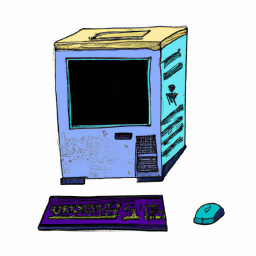
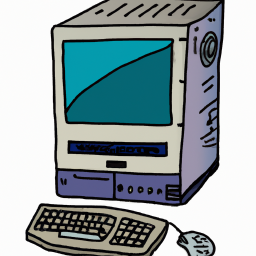

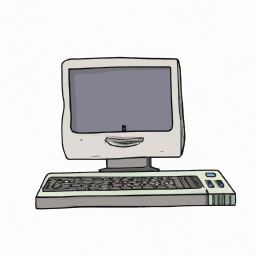
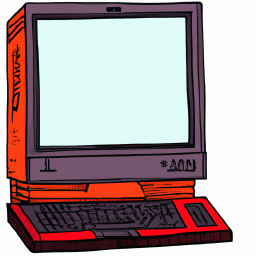

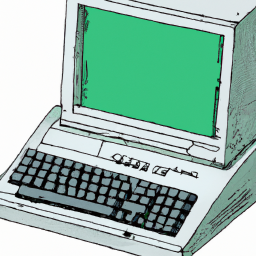
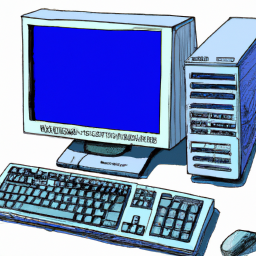
Terms of Service Privacy policy Email hints Contact us
Made with favorite in Cyprus